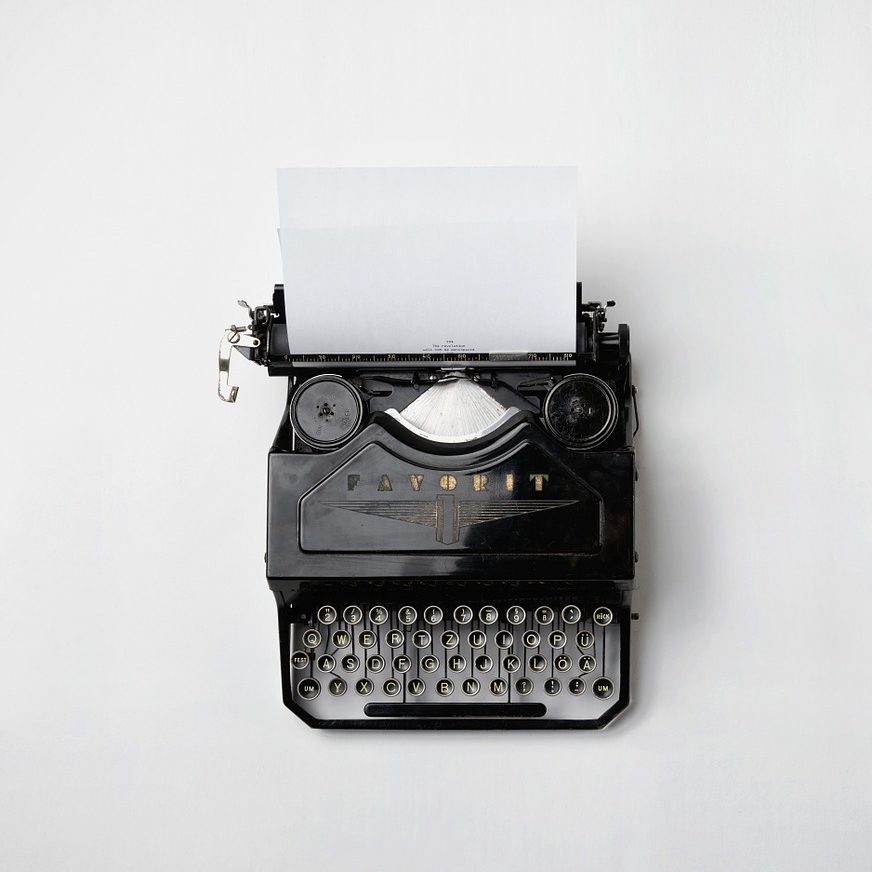[This analysis was first published on Jadaliyya.]
Based on numbers reported by Egyptian media outlets, below is a summary of the constitutional referendum vote results broken down by governorate.
What do these numbers tell us?
- In two stages of voting, average turnout across governorates was 30%, with Egyptians abroad participation being the most notable outlier with a 41% turnout rate.
- The only three governorates where the majority of voters elected to reject the draft constitution are Cairo, Gharbiyya, and Menofia.
What do these numbers not tell us?
- Given that the vast majority of eligible voters (68% or 33,855,564) did not participate in the referendum, we can neither conclude that the majority of the eligible voting population supports the constitution, nor can we conclude that a majority rejects it.
- Only 16,232,035 or 32% of eligible voters have reportedly cast a vote. It is, therefore, misleading to claim that the silence of the other 68% is reflective of support for one position or another.



